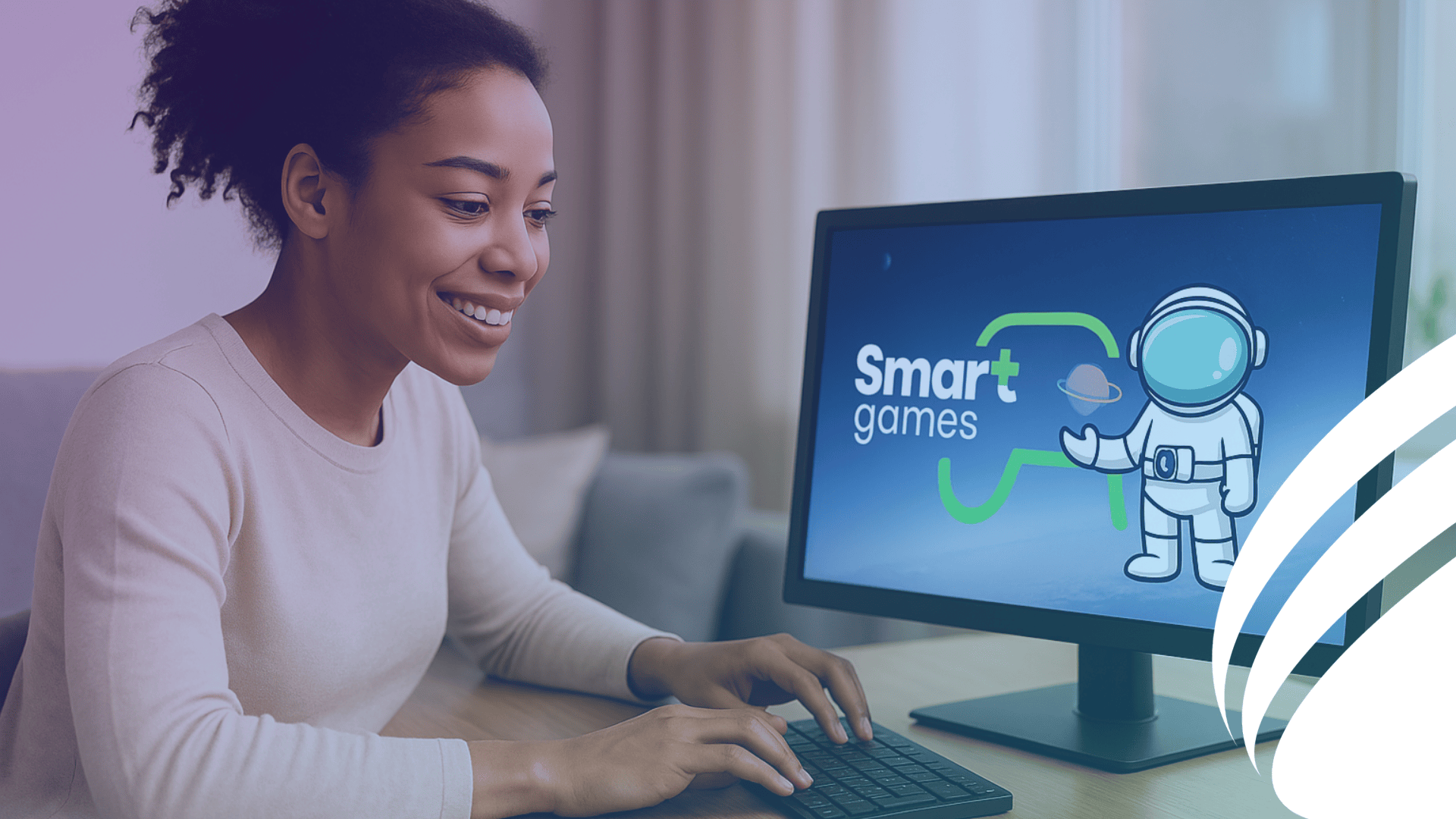
"It’s fun, sure, but is it really serious?" That’s probably the question we hear most often when discussing gamification in HR. The logic seems simple: if it’s playful, it must be superficial—therefore unreliable.
Spoiler alert: that’s false. And that’s exactly what we’re going to demonstrate here.
Gamification is not just window dressing
True HR gamification doesn’t mean slapping gold stars on a traditional test or turning your questionnaire into a racing game.
It is a scientific approach based on:
- Optimised user experience
- Intelligent cognitive design
- Proven engagement mechanics
The objective remains unchanged: to assess better, engage better, and detect talent more effectively. The game is simply the means, not the end. It makes the evaluation process smoother and, more importantly, more revealing of genuine skills.
Stress distorts results. Games help reveal them.
Let’s look at a concrete example.
Marc, 28 years old, applies for a project manager position. He is bright and creative, but when faced with a 45-minute multiple-choice test, he panics. His brain freezes. The result? His performance doesn’t reflect his true potential.
This isn’t an isolated case. Neuroscience research shows that stress reduces cognitive performance by 15 to 30%. A stressed candidate consistently underperforms compared to their actual capabilities.
Gamification changes that dynamic. It creates an environment where the candidate feels at ease, engaged, and motivated. And that’s precisely the state in which real competencies emerge.
Scientific rigour is non-negotiable
A serious gamified test follows three essential principles:
- Items are based on validated scientific models
Questions are never random. Each item is grounded in established cognitive psychology research.
- Data is processed through robust algorithms
Candidates’ responses are analysed through systems that detect patterns, interpret response times, and generate calibrated scores.
- Difficulty adjusts in real time
The more you succeed, the harder it gets. Struggling? The system adapts to your level.
The goal: to pinpoint your true skill zone.
Real-world example: SMART GAME – Analogies
This assessment measures verbal reasoning via a space mission scenario. Behind the playful interface, there are eight levels of increasing difficulty and real-time analysis that build a comprehensive cognitive profile—in just five minutes.
It’s engaging, yes—but more importantly, it’s accurate and relevant.
What gamification really measures
When you administer a gamified test, you’re not just assessing knowledge. You’re observing:
- Adaptability: how does the candidate react in unfamiliar situations?
- Spontaneous behaviour: what are their instinctive problem-solving strategies?
- Pressure management: how do they perform when motivated, not stressed?
The result? You get richer insights, candidates are more receptive to the process, and your employer brand benefits too.
Remember, a well-designed playful experience can positively shape the entire recruitment journey.
Spotlight on verbal reasoning: the essential skill
In 80% of today’s jobs, the ability to analyse, synthesise and communicate information is what sets people apart.
Verbal reasoning is no longer a “nice-to-have”—it’s fundamental.
Take Sarah, a marketing manager. On a daily basis, she must:
- Decode complex client briefs
- Connect insights across various market data
- Present strategies persuasively
- Tailor her message to different audiences
All of this hinges on verbal reasoning. A gamified assessment enables you to test this skill in action, within a context that mirrors real working conditions.
Rigorous doesn’t have to be boring
This isn’t 1985. A test can be both rigorous and enjoyable. A candidate can smile during an assessment and still be professional. A tool can be seamless without compromising credibility.
The companies that attract top talent today are those offering memorable candidate experiences.
Gamified assessments align perfectly with this vision.
And no—it’s not a passing trend. It’s a logical step towards more human, accurate, and inclusive evaluation methods.
It finally reconciles two goals once thought incompatible: engagement and reliability. And that’s a real breakthrough for HR leaders striving to combine scientific rigour with a high-quality candidate experience.
Assessment can be fun and reliable. It’s about time.





